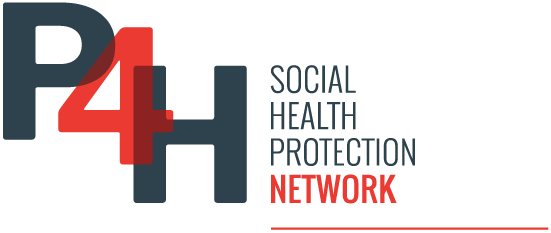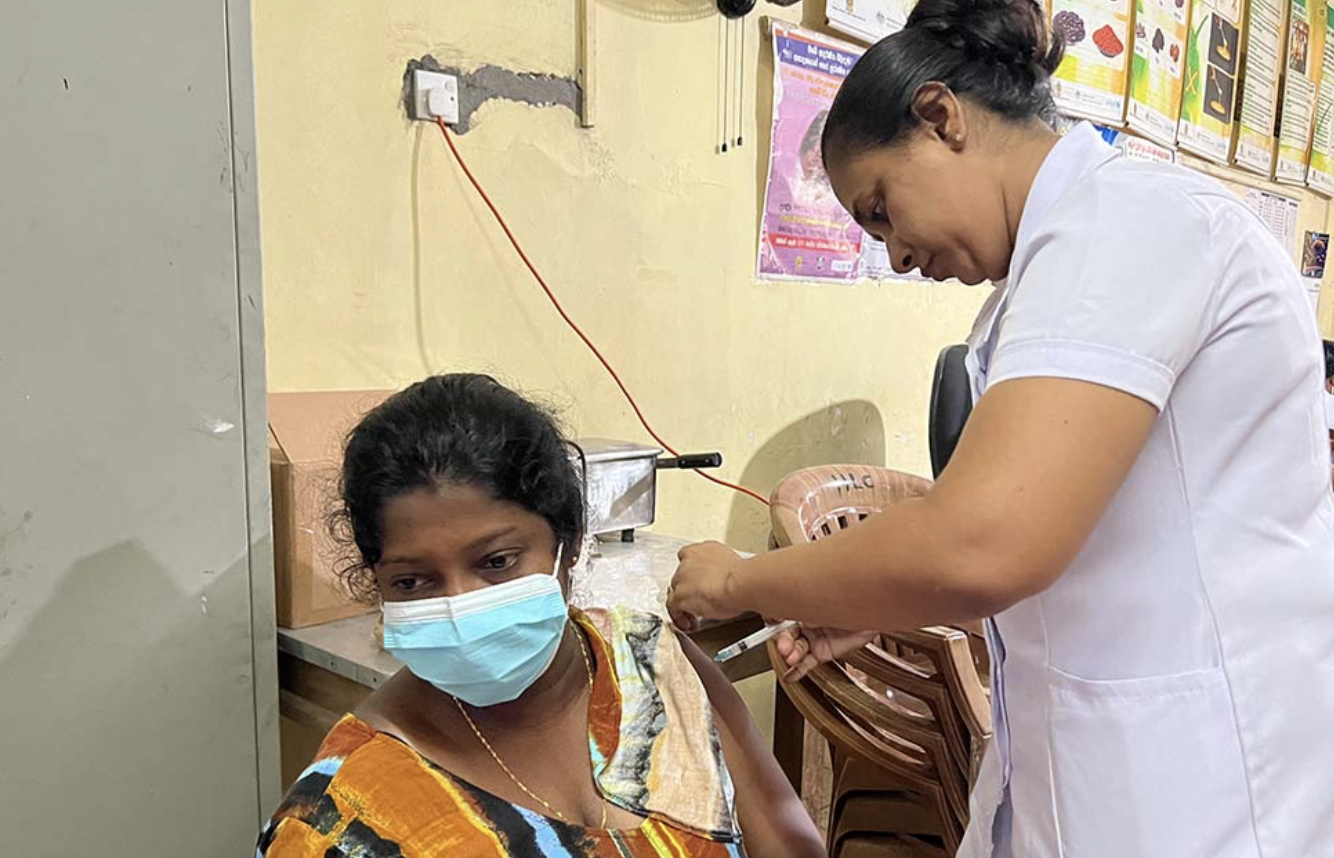M. P. Nirmala, a 26-year-old woman who is a few weeks pregnant with her first child, embodies the confidence many Sri Lankan mothers feel about the country’s healthcare system. At the Divisional Hospital Thalangama, located about 9 kilometers from Colombo, Nirmala receives attentive care from midwives and health officials who closely monitor her pregnancy and will continue to ensure her baby’s health after birth. The clinic offers comprehensive maternal and child healthcare services in one place, with midwives reminding mothers about vaccinations and other essential health needs. Chief Midwife W. A. M. M. Weerasekara, who has over a decade of experience, leads a dedicated team that not only provides clinical care but also conducts home visits to maintain continuous support for mothers and children. Their meticulous record-keeping ensures that no mother or child misses critical health interventions, creating a seamless cycle of care from pre-pregnancy through childhood.
Decades of Commitment to Immunization and Public Health
Sri Lanka’s healthcare system is widely recognized as one of the best in the region, largely due to its longstanding commitment to immunization. The country launched its Expanded Programme on Immunization (EPI) in 1978, initially offering six childhood vaccines. Over the years, the immunization schedule has expanded to include more vaccines, reflecting the government’s dedication to preventing infectious diseases. According to Dr. Nimal Gamagedara, a Consultant Medical Epidemiologist at the National Epidemiology Unit, it took more than a decade of sustained effort to achieve 80% vaccine coverage. Community awareness about the importance of vaccination is now very high, with mothers knowing the vaccination schedule for their children even without direct reminders. This widespread awareness has contributed to Sri Lanka achieving over 95% coverage for basic childhood vaccines, effectively eliminating diseases such as polio, rubella, neonatal tetanus, and diphtheria from the country.
International Support and Resilience Amid Economic Challenges
Sri Lanka’s success in primary healthcare and immunization has been supported by international partners like Gavi, the Vaccine Alliance. Although Sri Lanka is classified as a middle-income country and does not automatically qualify for the highest levels of aid, Gavi provided crucial assistance during the recent economic crisis through its Middle-Income Countries Approach. This support helped the country maintain uninterrupted vaccine procurement and distribution, allowing the government to prioritize vaccines while reallocating other funds to essential health services. Dr. Gamagedara highlighted that despite limited resources during the crisis, the vaccination program continued smoothly without shortages, demonstrating the resilience of Sri Lanka’s health system.
Strong Infrastructure and Ongoing Challenges
Sri Lanka’s investments in vaccine cold chain infrastructure and distribution systems have been vital to the success of its immunization efforts. The National Epidemiology Unit manages a well-organized stock management system, with central and regional vaccine stores and refrigerated storage at local health offices. UNICEF has further supported these logistics, especially during the COVID-19 pandemic, ensuring vaccines remain effective and reach every child. However, challenges remain, including pockets of vaccine hesitancy that threaten to leave some children unprotected. To address this, Sri Lanka has conducted vaccine hesitancy studies and uses its robust surveillance system to identify unvaccinated children by name, enabling targeted outreach and engagement with families to alleviate concerns.
A Trusted Safety Net for Mothers and Children
While many may not fully grasp the scale of Sri Lanka’s investment in healthcare infrastructure, technology, and international partnerships, the impact is clear to mothers like Nirmala. She may not know the intricate details behind the country’s immunization program or the years of effort building herd immunity and trust between healthcare workers and communities, but she feels secure. “I know that me and my child are safe,” she says, reflecting the confidence that Sri Lanka’s comprehensive and well-coordinated healthcare system inspires in its people. This trust, built over decades of consistent service and community engagement, continues to safeguard the health of mothers and children across the island nation.


